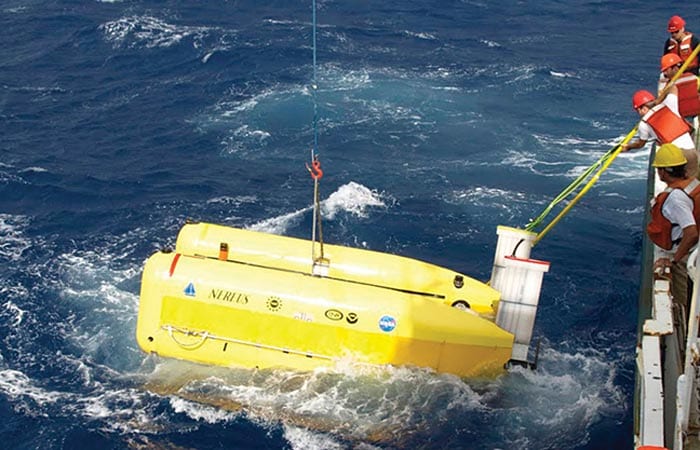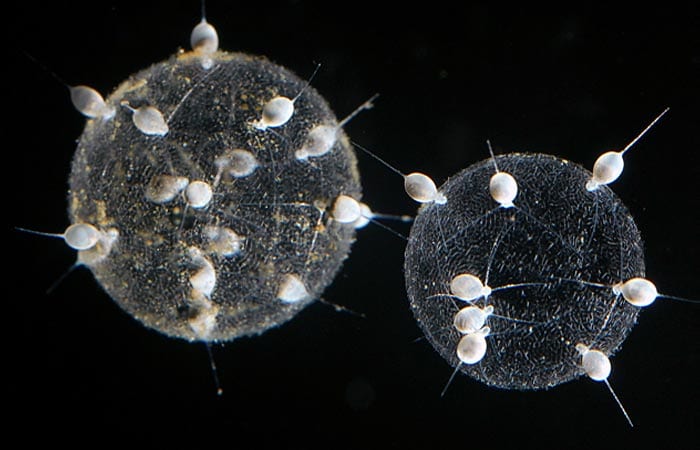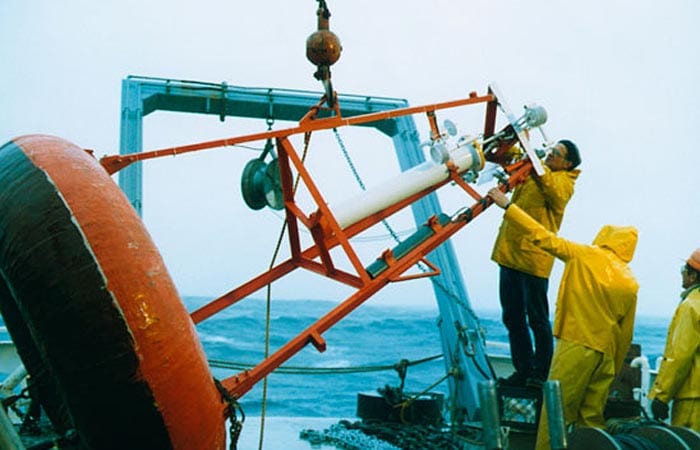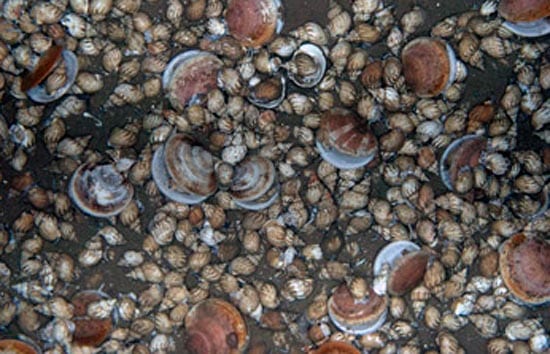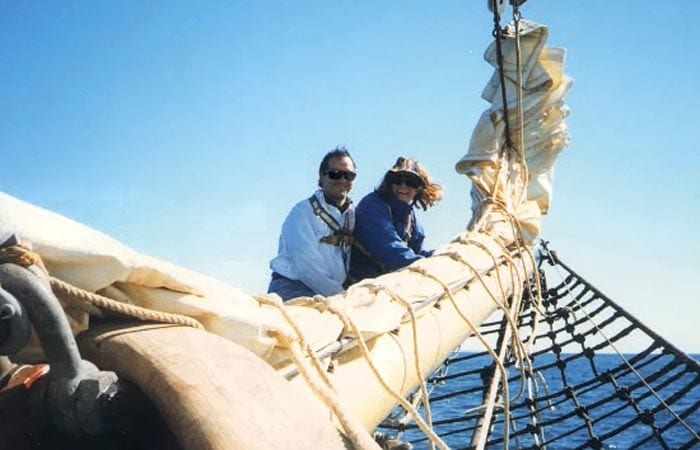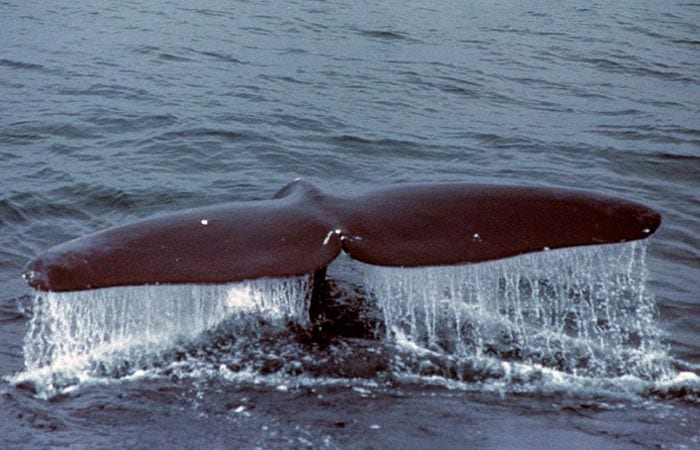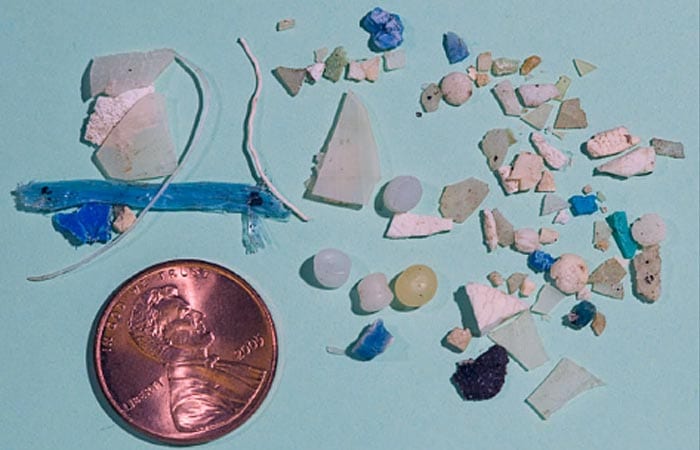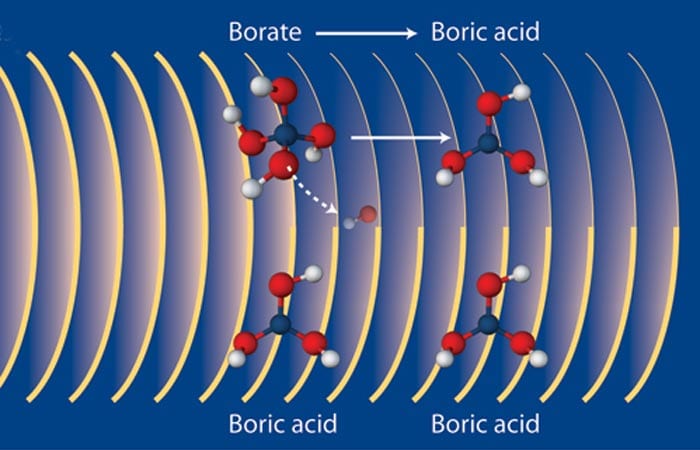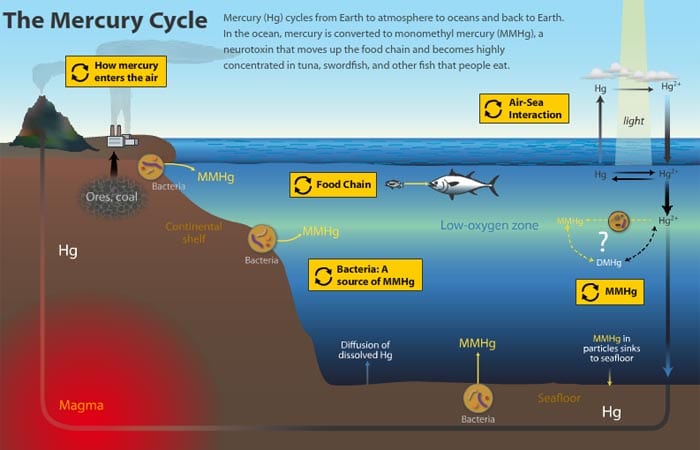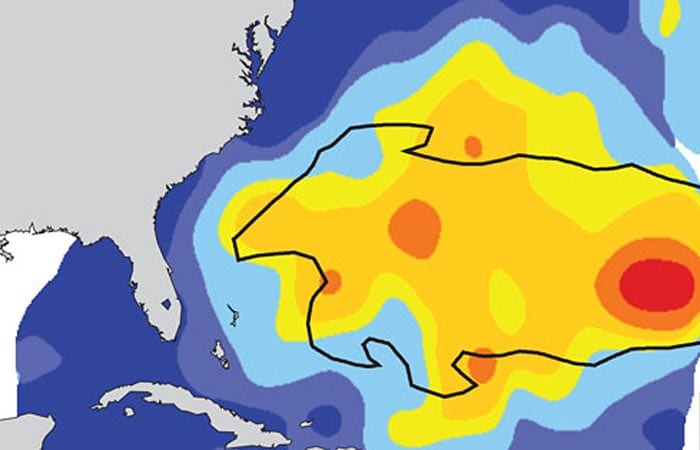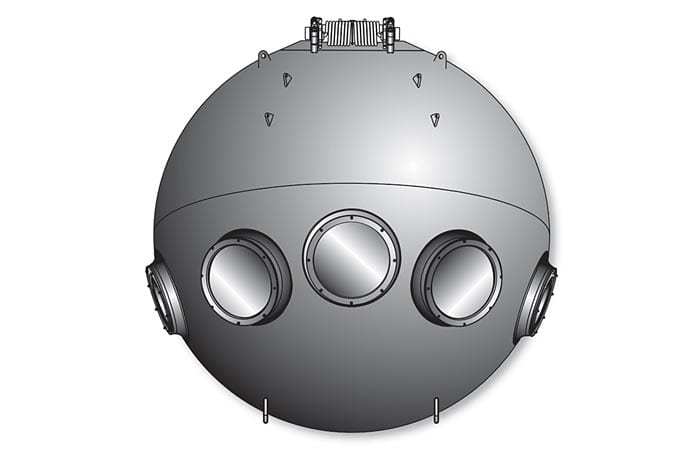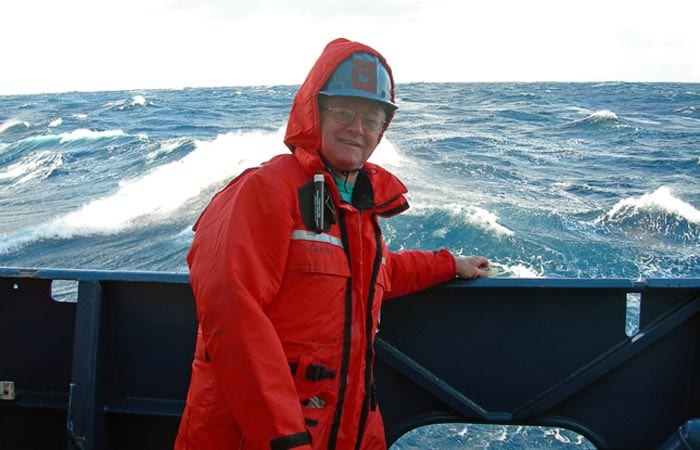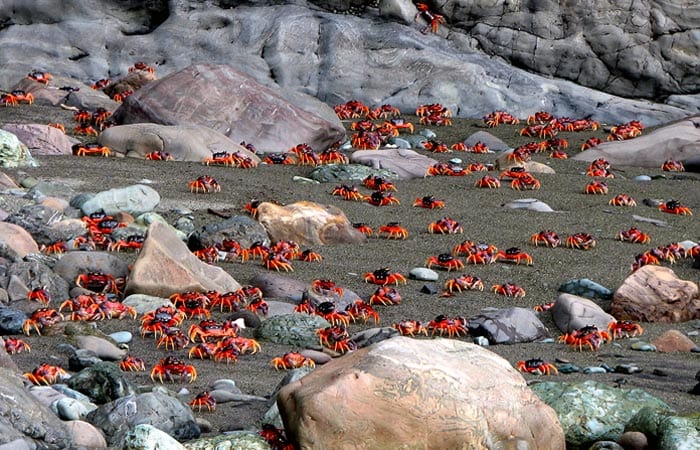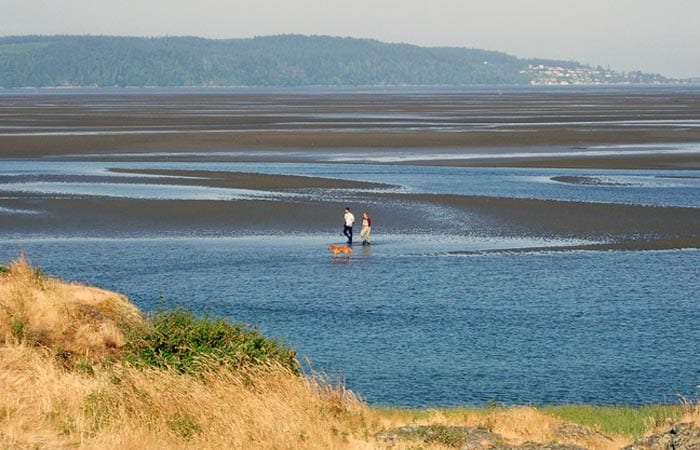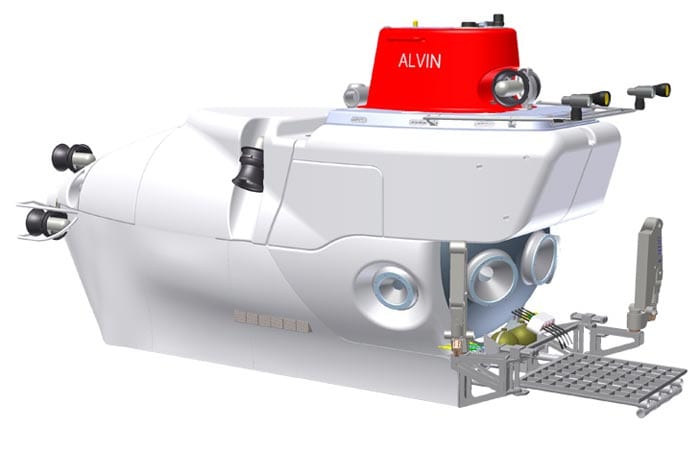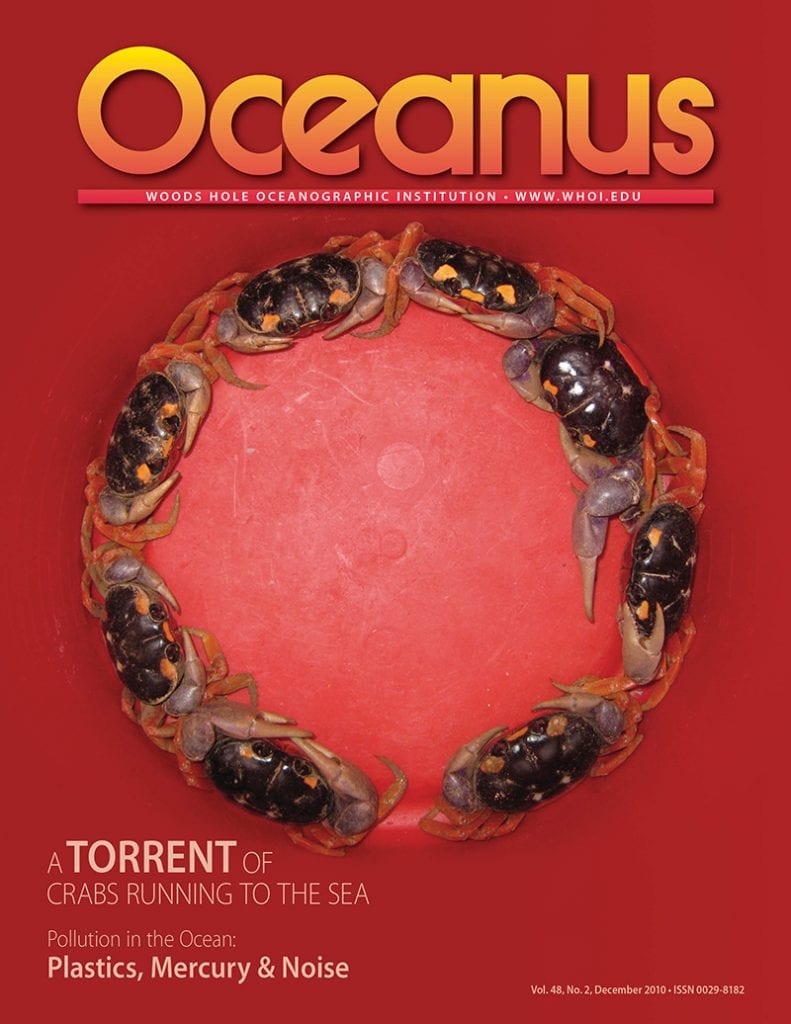
December 2010 ( Vol. 48 No. 2 )
and get Oceanus delivered to your door twice a year as well as supporting WHOI's mission to further ocean science.
Our Ocean. Our Planet. Our Future.
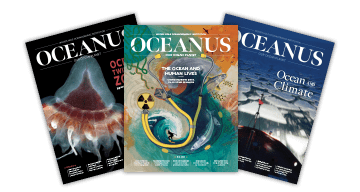
A Hunt for Unusual Seafloor Animals and Vents
The first expedition to search for deep-sea hydrothermal vents along the Mid-Cayman Rise deep in the Caribbean Sea turned up a bonanza. Scientists found evidence for three active vent sites,…
What's Living in the Ocean?
In 2010, as the United States conducted its latest decadal population census, marine scientists completed their first census to discover the abundance, diversity, and distribution of organisms living in Earth’s…
Building Them Tough, Bringing Them Back
Fifty years ago, on Dec. 11, 1960, a group of scientists, engineers, and technicians from Woods Hole Oceanographic Institution set a doughnut-shaped buoy into the waters off Bermuda. Anchored by…
New Ways to Analyze Ocean Imagery
<!– –> Moore Foundation grant sparks ocean informatics initiative Over the past decade, ocean scientists have built underwater systems that have greatly expanded their capacity to collect images from under…
Are Whales 'Shouting' to be Heard?
When we’re talking with friends and a truck rumbles by or someone cranks up the radio, we talk louder. Now scientists have found that North Atlantic right whales do the…
Microbes Hitch Rides on Plastics in the Sea
This research was supported by the National Science Foundation, the National Oceanic and Atmospheric Administration, the National Fish and Wildlife Foundation, and the International Census of Marine Microbes initiative.
Will More Acidic Oceans Be Noisier?
In 2008, a group of marine chemists raised a red flag: As the ocean becomes more acidic over the next century, they said, noise from ships will be able to…
How Does Toxic Mercury Get into Fish?
Most everyone has heard by now that we should limit our consumption of certain fish because they accumulate high levels of toxic mercury. But nobody-not even scientists-knows how that toxic…
Boy Scouts Get a Taste of Oceanography
WHOI engineer Paul Fucile took some time off this summer to volunteer at this year’s Boy Scout National Jamboree and give a glimpse of ocean research to boys who had…
Plastic Particles Permeate the Atlantic
Recent reports of a “Great Pacific Garbage Patch” in the subtropical waters of the North Pacific Ocean described a floating island as large as Texas—so thick that one could potentially…
Salps Catch the Ocean's Tiniest Organisms
Salps are sometimes called “the ocean’s vacuum cleaners.” The soft, barrel-shaped, transparent animals take in water at one end, filter out tiny plants and animals to eat with internal nets…
Alvin Gets an Interior Re-design
For more than four decades, scientists have foregone a few creature comforts to see animals, or volcanoes, or shipwrecks at the bottom of the sea. On a typical dive in…
A 'WHOI Way' of Doing Things
People who have worked at Woods Hole Oceanographic Institution know it in their bones. People who work with WHOI feel it, too: There’s a WHOI culture, a WHOI way of…
A Torrent of Crabs Running to the Sea
Joanna Gyory’s Ph.D. plans changed completely when she saw the crabs. It was her third or fourth day at the Liquid Jungle Lab, a research facility on an undeveloped island…
Science in Service to the Nation
In 1863, as the Civil War raged, Congress established the National Academy of Sciences (NAS), an honorary society of scholars that any government department could call upon to “investigate, examine,…
No Day at the Beach
Field research in oceanography is no day at the beach—even when it’s at the beach. Just ask the students who spent last summer doing research on a swash zone near Seattle.…
Building the Next-Generation Alvin Submersible
Three times geologist Adam Soule has climbed inside the deep-diving submersible Alvin and headed to the seafloor. Geochemist Susan Humphris stopped counting after 30 dives. Dan Fornari, who studies deep-sea…


